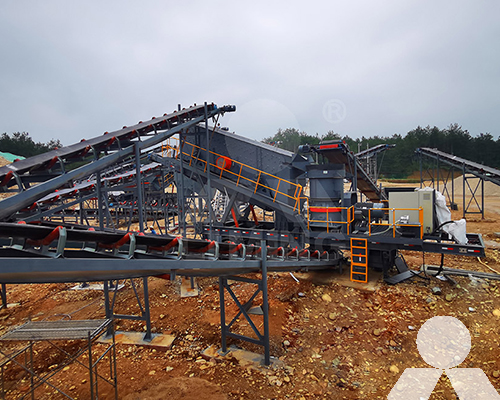Mobile screens on tracks used in mining industry
Mobile screens on tracks are a type of screening equipment that is used in the mining industry. They are typically used to separate materials by size or density. Mobile screens are a versatile piece of equipment that can be used in a variety of applications, including:
- Primary screening: Mobile screens can be used for primary screening, which is the first step in the screening process. They are used to break down large materials into smaller pieces that can be fed into secondary or tertiary screens.
- Secondary screening: Mobile screens can also be used for secondary screening, which is the second step in the screening process. They are used to reduce the size of materials that have already been crushed by a primary crusher.
- Tertiary screening: Mobile screens can also be used for tertiary screening, which is the third step in the screening process. They are used to further reduce the size of materials that have already been crushed by a secondary crusher.
Mobile screens on tracks are a popular choice for mining applications because they offer a number of advantages over other types of screening equipment, including:

- Mobility: Mobile screens on tracks are mobile, which means that they can be easily moved from one location to another. This makes them a good choice for mining operations that are located in remote areas.
- Versatility: Mobile screens on tracks are versatile and can be used for a variety of applications. This makes them a good choice for mining operations with changing needs.
- Productivity: Mobile screens on tracks can be highly productive, which can help to improve efficiency.
Basic components of a mobile screen on tracks
A mobile screen on tracks typically consists of the following components:
- A frame: The frame supports the rest of the equipment.
- A conveyor: The conveyor is used to feed the material into the screen.
- A screen: The screen is used to separate the material by size or density.
- An undercarriage: The undercarriage allows the screen to move on tracks.
How a mobile screen on tracks works
The material is fed into the screen by the conveyor. The screen then separates the material by size or density. The larger material falls through the screen and is collected at the bottom. The smaller material is carried over the screen and is collected at the top.
Applications of mobile screens on tracks in the mining industry
Mobile screens on tracks are used in a variety of applications in the mining industry. They are commonly used to screen materials such as ore, coal, and aggregate.
In the case of ore, mobile screens are used to separate the ore from waste rock. This is an important step in the mining process, as it allows the ore to be concentrated for further processing.
In the case of coal, mobile screens are used to separate the coal from impurities such as rock and dirt. This is an important step in the preparation of coal for power generation.
In the case of aggregate, mobile screens are used to separate the aggregate into different sizes. This is an important step in the production of concrete and other construction materials.
Mobile screens on tracks are a versatile and efficient piece of equipment that is used in a variety of applications in the mining industry. They offer a number of advantages over other types of screening equipment, including mobility, versatility, and productivity.









